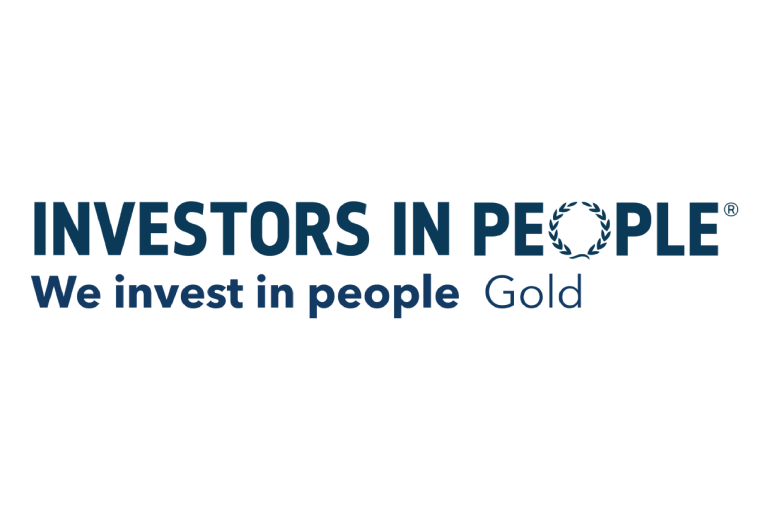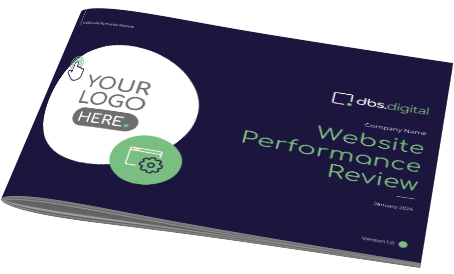Organic search accounts for such a large percentage of website traffic and being visible on search engines at a time when potential customers are searching for your products or services is key. Having an SEO strategy is incredibly important, but knowing what to measure to test whether your strategy is working is also key. Gone are the days when all you looked at were your rankings on search engines, there are so many other metrics you need to monitor to improve the overall health of your website.
Why Have SEO Metrics?
Like with any marketing, measurement is key to track the success of the campaigns you are running. The main reasons for keeping track of SEO metrics are:
- See what is driving success: once you find out what is working, you can focus your SEO efforts in the right direction.
- Quantify your SEO efforts: SEO is really difficult to work out ROI for, so by analysing the data you have, you will know exactly what opportunities to focus on for SEO growth.
- Historically track your SEO performance: with key historical insights, you can set realistic benchmarks for your SEO campaign.
When it comes to SEO metrics, these are split into 2 categories – vanity metrics & actionable metrics. Vanity metrics are those that don’t necessarily impact your strategy, but make you think you are doing a good job with your SEO. Examples of these metrics include search visibility score, the number of keywords ranked on Google, or Search Console impressions. Actionable metrics are those that make a difference to your business’s bottom line, giving you solid insights that you can use to take action. A great example of this is ROI (return on investment), as this aligns with the objectives of your business.
Top SEO Metrics That Matter
Now you understand the difference between vanity and actionable metrics, let’s have a look at the core metrics you should be concentrating on for your SEO strategy.
- Keyword Search Volume
This is a measure of the average number of times a specific keyword is used in search engines during a particular timeframe. It essentially tells you how popular a keyword is, and therefore whether or not you should consider optimising your website for it. This really helps to understand how people are searching for a solution to a problem they have. It is a really good idea to compare similar keywords to see if there is a higher search volume for one.
- Keyword Ranking
This refers to your organic position on search engine results pages (SERPs) for a particular keyword. Monitoring keyword ranking is essential as this gives you an indication of how well you are moving up search engine rankings for particular keywords. Most users don’t scroll beyond the first page, so the more keywords you can rank for on page 1 the better.
- Organic Impressions
This is the number of times a unique user saw your website on SERPs organically (so this doesn’t include any paid marketing). Search Console is a great tool to measure organic impressions, and will help give you insights into exactly what keywords visitors are searching for, and whether your website shows up for those terms or not.
- Organic Traffic
This is the number of visitors that arrive to your website from search engines (mainly Google and Bing). A high number of organic visitors indicates that your SEO is performing well, and your website is being regularly updated with fresh, engaging content. It is worth bearing in mind that there are natural fluctuations from month to month (particularly following the release of a new Google algorithm). Therefore if you see a sudden spike or drop in traffic one month, compare this against the previous year instead and you may see a seasonal change.
- Organic CTR
Organic impressions are really useful, but this doesn’t tell you how many people clicked through to your website from search engines. Organic click through rate (CTR) tells you how much traffic you are driving through to your website from Google or Bing, compared to the number of impressions. In essence, it is a ratio of the organic clicks to organic impressions, displayed as a percentage. This is a really great metric to benchmark your website against others within the same industry.
- Organic Conversions
Clicks and impressions are great, but at the end of the day conversions (actions) are what we really want to gain from marketing efforts. Organic conversions includes things like contact form completions, enquiries, sales, subscribing to a newsletter. These are all lead-generation or transactional conversions, and your SEO campaign should always be focused on this end goal.
- Backlinks & Referring Domains
Backlinks and referring domains are key in order to improve the overall SEO performance of your website. By having links from high-authority websites pointing to your website, search engines will see your website as a trustworthy, credible website. Beware of backlinks from blacklisted sites as these will negatively impact your SEO score.
- Website Authority Score
This metric looks at the overall SEO performance of your website, including the quality of your domain, and produces a score related to organic search results. The higher your score (out of 100), the more likely you are to see increased organic rankings. This is a logarithmic scale, so going from 20-30 is much easier than going from 50-60, and the main way to improve your site health score is through backlinks and referring domains.
- Core Vitals
Core vitals is often a phrase thrown around in the SEO world, so it is important to know what it means (particularly as this metric is now a search ranking factor). Core web vitals are a set of metrics used to measure your website’s speed and stability in a detailed way. It looks at things like the time taken to load the largest element on your website fully, and the time gap between a user interacting with a page and the time it takes for the page to become fully responsive.
- Bounce Rate
Finally, bounce rate is an important SEO metric that you should continually monitor. Bounce rate is a measure of the percentage of visitors who arrive on a page on your website and leave immediately without viewing any other pages. A high bounce rate can indicate that something isn’t quite right on your website, or the user experience is not good enough. The main way to improve your bounce rate is by reducing your page loading times and ensuring your website is optimised for mobile devices.
SEO is incredibly important if you are looking to grow your business digitally and stay ahead of your competition. By clearly defining your business goals and creating SEO metrics to keep your campaign on track, your organic rankings will improve. For more information on how the team at DBS Digital can help improve your visibility on search engines, get in touch with the team today.









